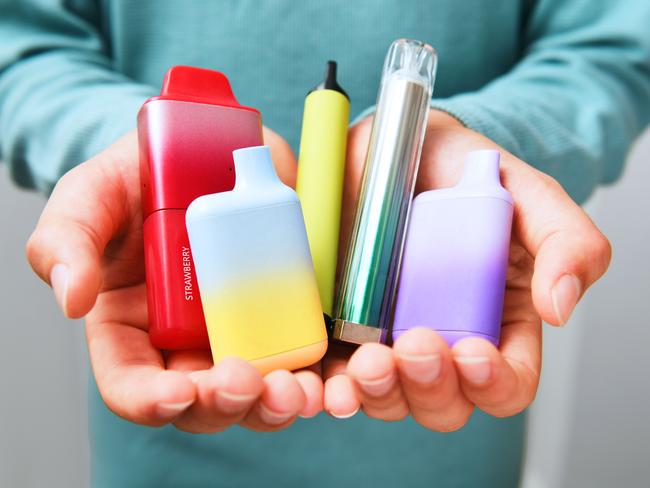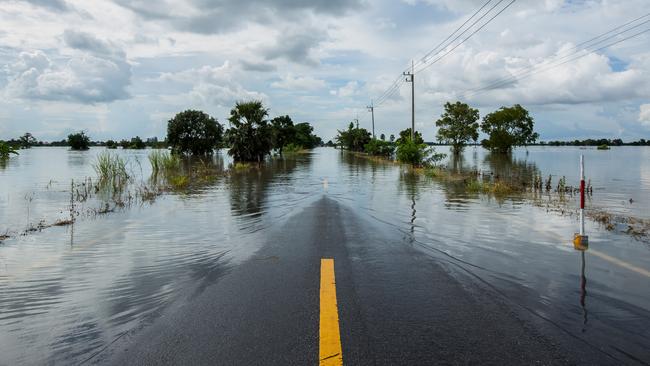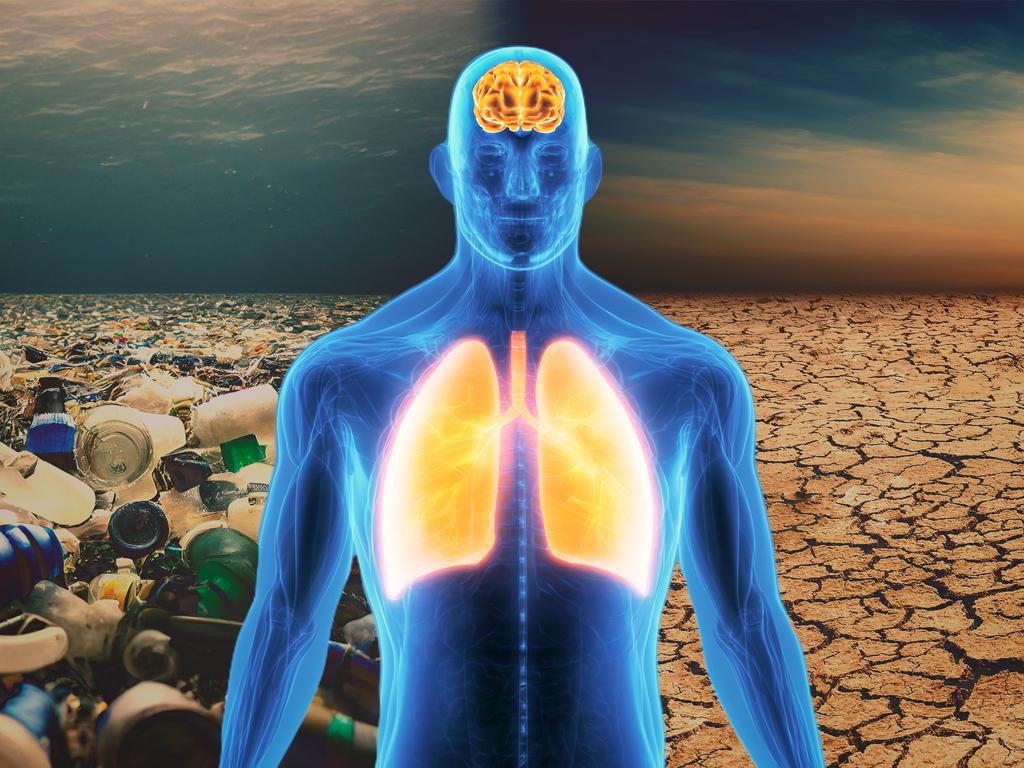‘The time to act is now’: A billion teens at risk of poorer health
We want to create a better world for the children of tomorrow, so why are a billion teens at risk of going ‘backwards’ and what can we do to stop it?

People have continuously worked to build a better life for the next generation. But now a global commission is warning there’s a real risk the health and wellbeing of a billion young people is at imminent risk of going backwards, and it says urgent action is needed to prevent that from happening.
“Adolescence can no longer be ignored,” a report by the second Lancet Commission on Adolescent Health and Wellbeing states.
“The investments made in this generation of adolescents will determine human and planetary futures, for good or for ill. The time to act is now.”
The Lancet Commission on Adolescent Health and Wellbeing includes several researchers from Australia who warn that poor mental health, rising obesity, vaping, the commercialisation of food and health, and the looming effects of climate change and global conflicts are threatening to stunt the positive gains made in recent years.
The commission’s work is being presented at the World Health Assembly and it warns that while some positive investment has been made, it is inadequate and not aligned to need.
Professor Peter Azzopardi is one of the report’s Australian based co-authors and the leader of the Global Adolescent Health Group at the Murdoch Children’s Research Institute. He is also head of adolescent health and wellbeing at The Kids Research Institute of Australia and says the report should serve as a “wake up call”.
“For every dollar invested, only 2c goes to adolescent health,” he says. “That’s remarkable when you think that adolescents make up 25 per cent of the world’s population, or they make up almost 10 per cent of the total disease burden.”
The report focuses on adolescents because the ages between 10 and 24 are considered to be key for development both biologically and psychologically.
Without change, the report authors say that by 2030 at least half of the world’s teens will be living in countries where they are likely to experience complex and multi-layered health issues. They project 464 million young people will be overweight or have obesity, and warn a staggering 42 million years of healthy life will be lost to mental disorders or suicide.
The fix, they say, is an increase in targeted funding for adolescents’ wellbeing.
The growing threats
Vapes and obesity
While strong efforts have been made in the past to reduce smoking addiction, especially in places like Australia, there are growing concerns about the next wave of nicotine addiction.
“Vaping is a gateway to nicotine addiction and cigarette smoking and its rise in popularity among adolescents is a result of industry strategies to recruit the next generation of people addicted to nicotine through sales of youth-oriented flavours in colourful packaging,” the report warns.
“Globally, 83 per cent of lifetime smokers begin smoking by age 24.”
In Australia, the unregulated vaping industry evolved so rapidly the government last year banned the sale of vapes to anyone who does not have a prescription. The sickly sweet flavoured unregulated vapes common on Australian streets contain dangerously high levels of nicotine.

The law is meant to cut the number of young people getting addicted to vapes, though the underground market remains active despite ongoing regulation.
Another growing concern is around obesity, which the report says is being driven in part by the commercialisation of food, which is allowing for easy access to ultra-processed foods.
“Such unhealthy food products now feature prominently in adolescent diets worldwide,” the report says. “This change in food culture accompanies shifts from rural to urban environments, which offer fewer opportunities for physical activity, thereby compounding the risk of overweight or obesity.”
Ultra processed foods are not only bad for obesity, there are strong links now between diet and brain health.
Mental Health
Mental disorders are the single largest cause of disease burden among adolescents across all countries, according to the report.
The commission says mental health is central to global public health and productivity, and there is growing evidence the mental wellbeing of adolescents can be predictive of health outcomes later in life.
“There is substantial evidence that adolescent mental health has worsened over the past three decades in countries with available data, and deteriorated further during the Covid-19 pandemic,” the report’s authors note.

Climate anxiety, pressures from social media and the growth of digital platforms, and global conflicts are all contributing to the worsening mental wellbeing of young people.
The authors suggest adolescent mental health should be a high priority for national and international action.
Conflicts and war
The commission says adolescents are being increasingly exposed to conflict and disproportionately affected by war, though much of the report was written prior to the escalation of more recent conflicts including in Ukraine and Gaza.
“Our analyses show that the numbers of adolescents exposed to conflict and war more than doubled between 1990 and 2022,” the report notes.
The effect of conflict on young people is immense and extends way beyond the already
devastating fatal and non-fatal consequences of their direct involvement.
“Exposure to armed conflict can reduce the protection offered by families, schools, and communities; increases forced displacement and migration; exposes adolescents to violence and sexual exploitation; disrupts food and water systems; and reduces access to healthcare.”
This can lead to increases in a range of health effects including malnutrition, communicable diseases, unplanned pregnancy, and intergenerational stresses.
Climate and health

The projected decline in health is being driven by escalating rates of non-communicable diseases and mental disorders. Several factors are contributing to those, with the most dominant including climate change and environmental degradation.
“Today’s adolescents are the first cohort of humans who will live their entire life experiencing the growing reverberations of climate change,” the report says.
“By 2100, a projected 1.8 billion adolescents will live in a world that is expected to warm to around 2.8C hotter than pre-industrial times.
“Their future lives are likely to be characterised by dangerous planetary changes, including biodiversity loss, aerosol pollution, and human-induced changes to water and nutrient cycles.”
When climate disasters strike they can lead to anxiety and stress, especially if people are faced with shortages of food, water and shelter. Displacement can also leave people in potentially dangerous or vulnerable situations.
However, commissioners warn there can be other less obvious effects including the interruption of preventative services for contraception, vaccinations and even education.
The commission calls for younger people to be included in plans and action to address environmental issues, but warns against “youth-washing” where their ideas and views are only tokenistic.
Underinvestment
Global underinvestment is a growing concern of the commission. It states that much of the deterioration in wellbeing can be traced to either a lack of investment in adolescent health or funding not going where it is needed.
Researchers have also flagged concerns that recent political decisions, including cuts to aid by the Trump administration, will compound existing issues of underfunding and reduce important health programs.
“There is a huge concern that the gains that we’ve made, particularly in HIV, in tuberculosis, in sexual, reproductive health and rights, are going to be undone,” Professor Azzopardi says.
“That has impacts for those young people, those communities, but actually has impacts for us as a global community as well.
“Our neighbours in the Asia-Pacific region are really important for our own health security and our own wellbeing as a region. Ensuring that we continue to make the gains that we have made, but also addressing these new challenges that we have as well, is just absolutely vital to ensuring our ongoing growth and prosperity as a region.”
The fix
Ultimately, the Lancet Commission recommends a boost to funding for services and healthcare for people aged 10 to 24 years.
It also urges world leaders to better engage with younger people to develop policies, research and interventions so that programs and funding can be more targeted towards need and therefore more likely to succeed.
One option is to create greater co-ordination between ministries of health and education, suggesting both ministries could be responsible for student health and wellbeing.
Professor Susan Sawyer, who is with the Murdoch Children’s Research Institute, is another co-author and part of the commission and says a lack of leadership around adolescent health remains a major barrier to overcoming the challenges identified.
“The findings are alarming and they demand urgent action and accountability, in collaboration with adolescents, to create safer spaces and meaningful change,” she says.
“A common myth is that adolescents are healthy and therefore don’t need health services. Yet our findings show that in every country, adolescents need access to responsive health services that can confidentially identify and respond to their emerging health needs.”
The findings are also being published in The Lancet.





To join the conversation, please log in. Don't have an account? Register
Join the conversation, you are commenting as Logout